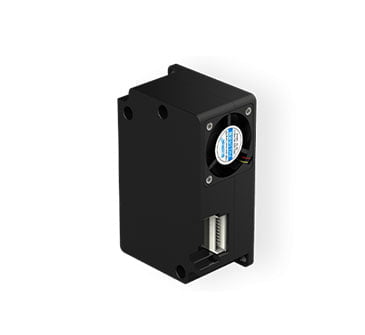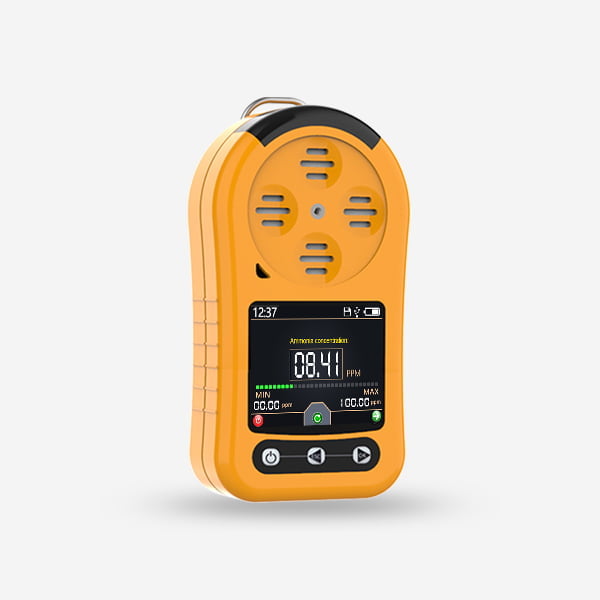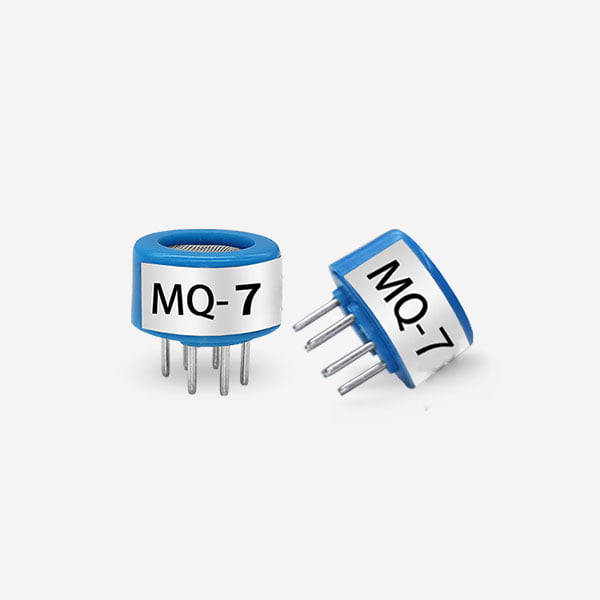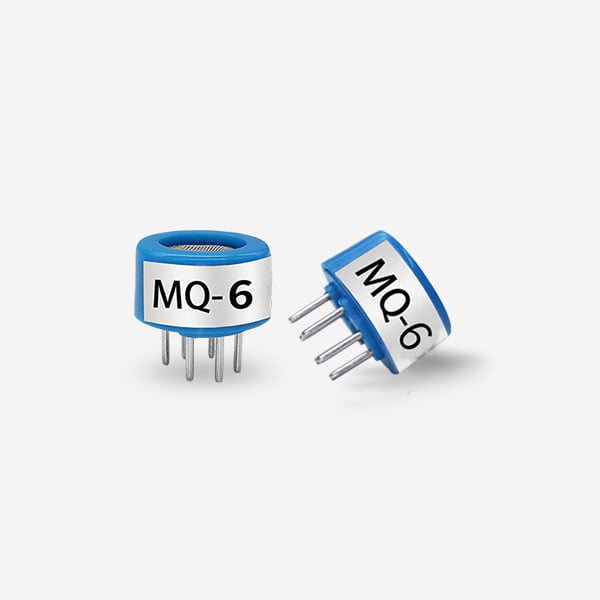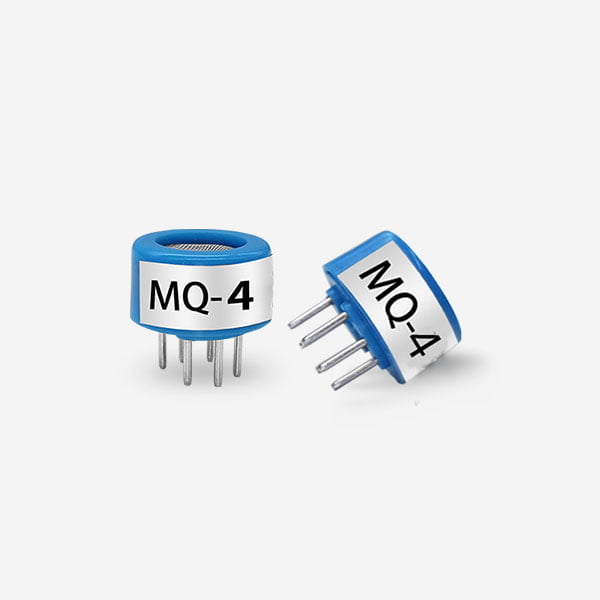There are two very common sensor types used in gas detectors today: catalytic diffusion sensors, and electrochemical gas sensors. Keep reading to learn more about how they work.
Catalytic Diffusion Sensor

Catalytic diffusion sensor is a useful device for detecting combustible gas. These sensors start by winding wires into coils. These coils are then doped with two catalysts: one that makes the element active and one that inactivates it . Different coils match pairs of sensing elements. This forms a combustible gas sensor.
Then we put the sensors into the circuit, apply a fixed voltage to both components, and heat them to very high temperatures. The sensor is connect to a balance resistor that detects changes in the resistance of the sensor element. When a combustible gas comes in contact with the sensor, the active element begins to burn the gas causing it to increase the temperature. The temperature of the reference element remains unchanged because it is incapable of burning gas. The increased heating of the active element causes an unbalance in the circuit.
Because of the combustion in the sensor chamber, therefore, the design and manufacture of the gas sensor must be safe. This is accomplished through the use of a flame arrestor. This device, usually made of a sintered material, acts as a cooling path for gases escaping the sensor. Only through the third party certification body testing units, is safe.
Electrochemical Sensor

The basic components of an electrochemical sensor are a working (or sensing) electrode, a counter electrode, and usually a reference electrode. These electrodes are encapsulate in a sensor housing and come in contact with a liquid electrolyte. The working electrode is on the inner face of a Teflon membrane that is porous to gas, but impermeable to the electrolyte.
The gas diffuses into the sensor and through the membrane to the working electrode. When the gas reaches the working electrode, an electrochemical reaction occurs; either an oxidation or reduction depending on the type of gas. For example, carbon monoxide may oxidize carbon dioxide, or oxygen may be reduce to water.
An oxidation reaction results in the flow of electrons from the working electrode to the counter electrode through the external circuit. Conversely a reduction reaction results in flow of electrons from the counter electrode to the working electrode. This flow of electrons constitutes an electric current, which is proportional to the gas concentration. The electronics in the instrument detects and amplifies the current and scales the output according to the calibration. The instrument then displays the gas concentration in, for example, parts per million (PPM) for toxic gas sensors and percent volume for oxygen sensors.
For more information about gas detector fundamentals, check out our blog post on the key features to look for in a personal monitor: Good portable multi gas detector how to choose
